Blue colored Bluegills?
#41
 Guest_butch_*
Guest_butch_*
Posted 19 May 2008 - 02:10 PM
#42
 Guest_centrarchid_*
Guest_centrarchid_*
Posted 19 May 2008 - 04:58 PM
Take a look here. The first time I saw this, I was using my desktop PC, and this blotch was obvious to me on that monitor. Looking at it on my laptop, it's not as obvious, but I can still see it. I think one's monitor and/or video card can affect how visible the blotch is, but unless there's some other explanation for this... the blotch is there.
If this fish had turned up in my net, it would have been back in the water quicker than I could say "it's just a washed out bluegill". That being said, far more knowledgeable people than I don't seem to agree. When they come to agreement, I'll go with their decision; until then, I'm going with washed out bluegill.
I now see the blotch you speek of. To me it does not exhibit the round outline typical of bluegill, rather it is demarked by a strait line where the rays of the soft dorsal fin branch which I associated with a stressed sunfish attempting to blanch.
Look at the opercular tab of the fish's in question (the grayish ones) and of the typically colored male bluegill in this thread captured by Jeremy. Compare the outer edge to that of other bluegill images you have.
We still need to see gills rakers. Best now if compared from a fish we agree is a bluegill from same collection site and one of the fish in question.
#43
 Guest_Slasher_*
Guest_Slasher_*
Posted 19 May 2008 - 06:36 PM
#44
 Guest_mander_*
Guest_mander_*
Posted 19 May 2008 - 07:19 PM
You know, this thread makes me uneasy, not because you all are taking euthanizing and pickling and post mortems, but because, they really do look healthy to me. I got a book about fish health/diseases today, and I'd say, even with my glasses on, I can't see what the obvious signs of pathogens the author is talking about in one out of every ten photos. If I'd caught them, I'd be sticking them in my tank.
#45
 Guest_fundulus_*
Guest_fundulus_*
Posted 19 May 2008 - 08:28 PM
The fish in question may well be bluegills, but Centrarchid and I have separately seen enough bluegills that we have doubts. And I know that Smbass has seen lots of sunfish too and has a well informed opinion based on looking at the same limited evidence. So, we're going nuts trying to ID one of the most ubiquitous fish species across North America. Cynics may think it's much ado about nothing, but they miss the point (fun?) of trying to develop an evidence-based ID from limited information.
We could just call them all "bream" like most people here in 'bama, but, I mean,....
#46
 Guest_smbass_*
Guest_smbass_*
Posted 19 May 2008 - 09:37 PM
I still say they are 100% bluegill and I am sticking to it, and it seems I am getting more fellow fish heads on my side...
#47
 Guest_centrarchid_*
Guest_centrarchid_*
Posted 20 May 2008 - 01:49 AM
I still say they are 100% bluegill and I am sticking to it, and it seems I am getting more fellow fish heads on my side...
Yeah, well five of my students of fishes who have not even seen the evidence agree with me!
#48
 Guest_jase_*
Guest_jase_*
Posted 20 May 2008 - 09:48 AM
Well shucks. I'm still hoping for a Lepomis ID Cage Match at the Texas convention.You make a great point Bruce that should not be understated, this is purely fun for us to debate and certainly not something any of us with some experience actually would let become anything more than just a fun debate.
#49
 Guest_butch_*
Guest_butch_*
Posted 20 May 2008 - 10:07 AM
#50
 Guest_centrarchid_*
Guest_centrarchid_*
Posted 20 May 2008 - 01:09 PM
Also I cannot find any information about the blackspotted existed in Ohio waterways.
To some (including myself), the biggest interest in this beyond the identity of the sunfish is that a population of spotted sunfish might be established in Ohio waters. Redspotted sunfish can tolerate the temperature regime of NE Ohio and some populations of blackspotted sunfish could do the same if the are similar in tolerances to sympatric coppernose bluegill. This would be a case of an introduction, rather than an overlooked native population.
#51
 Guest_jkurtz7_*
Guest_jkurtz7_*
Posted 20 May 2008 - 01:10 PM
Here are more pics of fish from the same creek, they all exhibit individual traits.
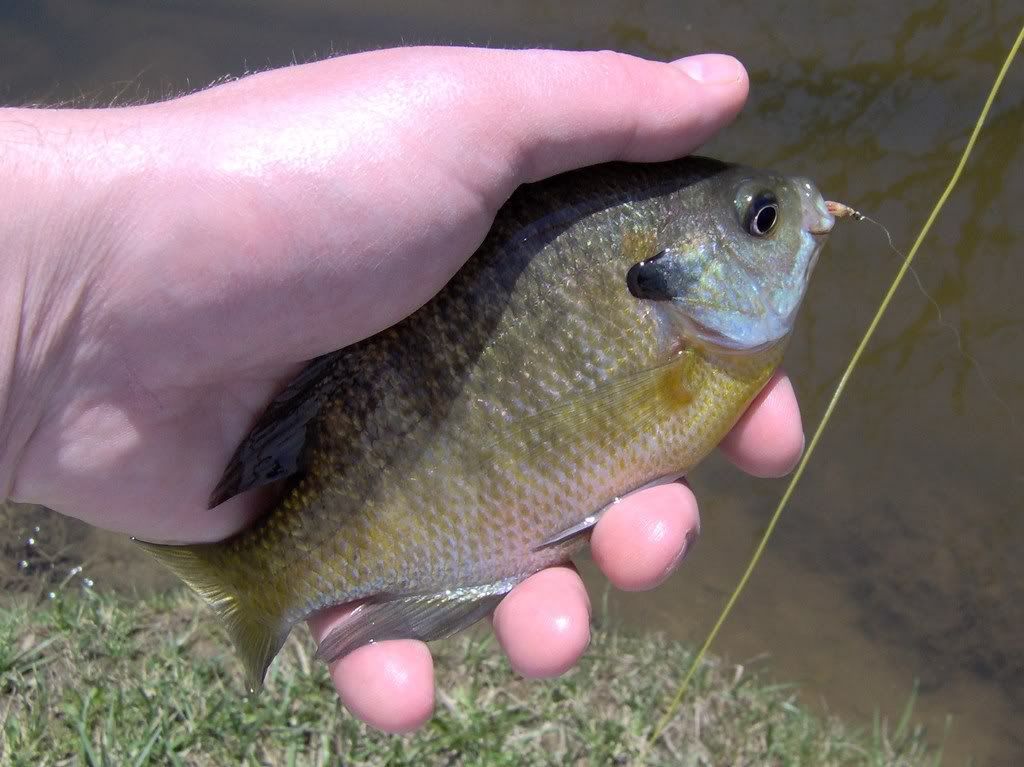
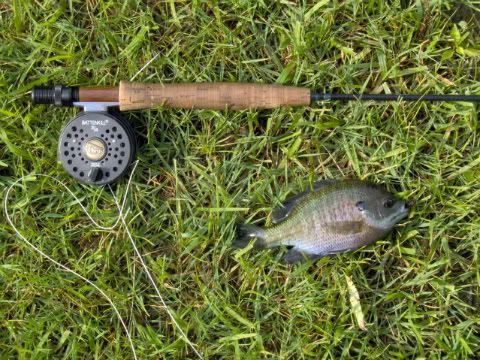
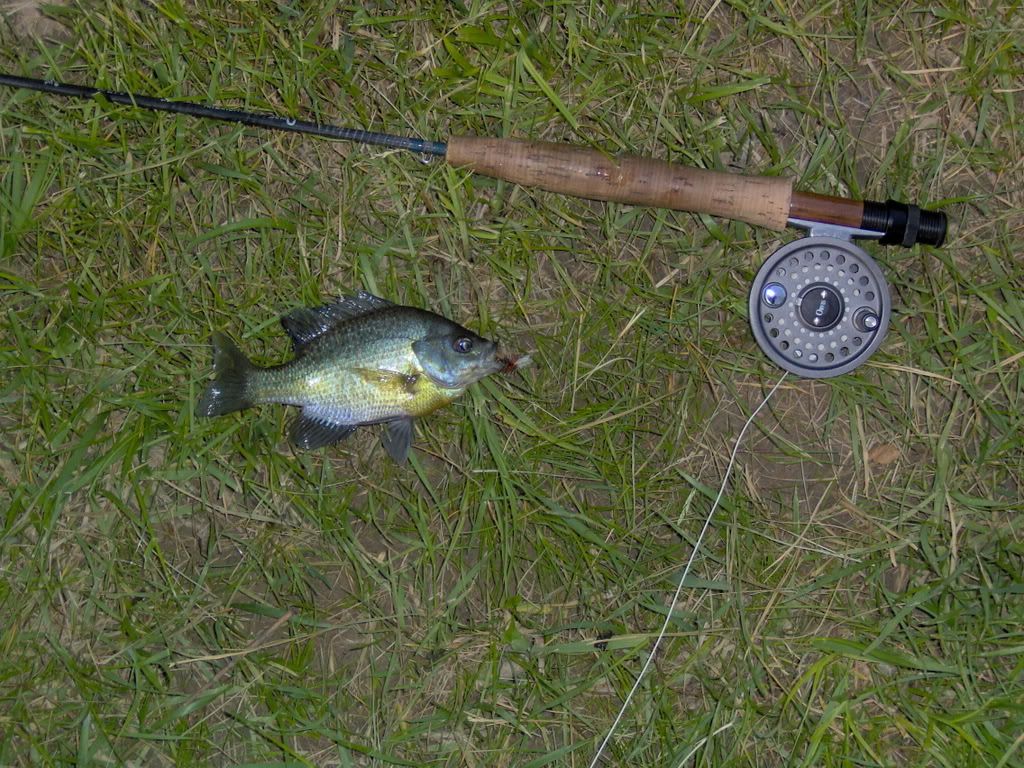
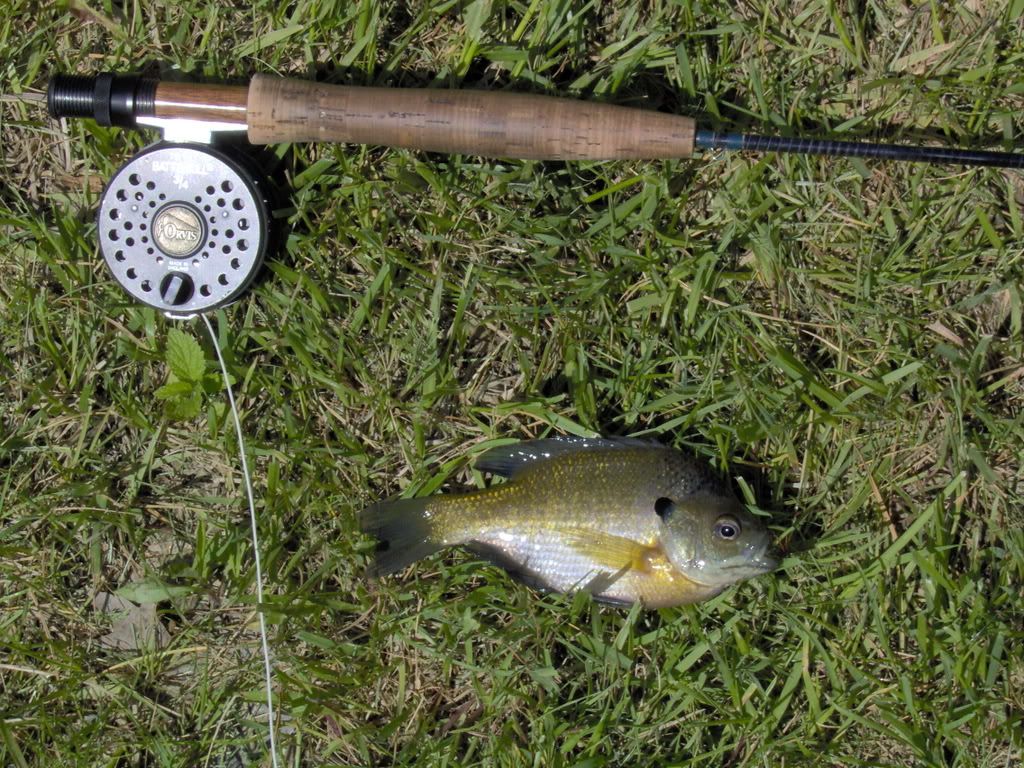
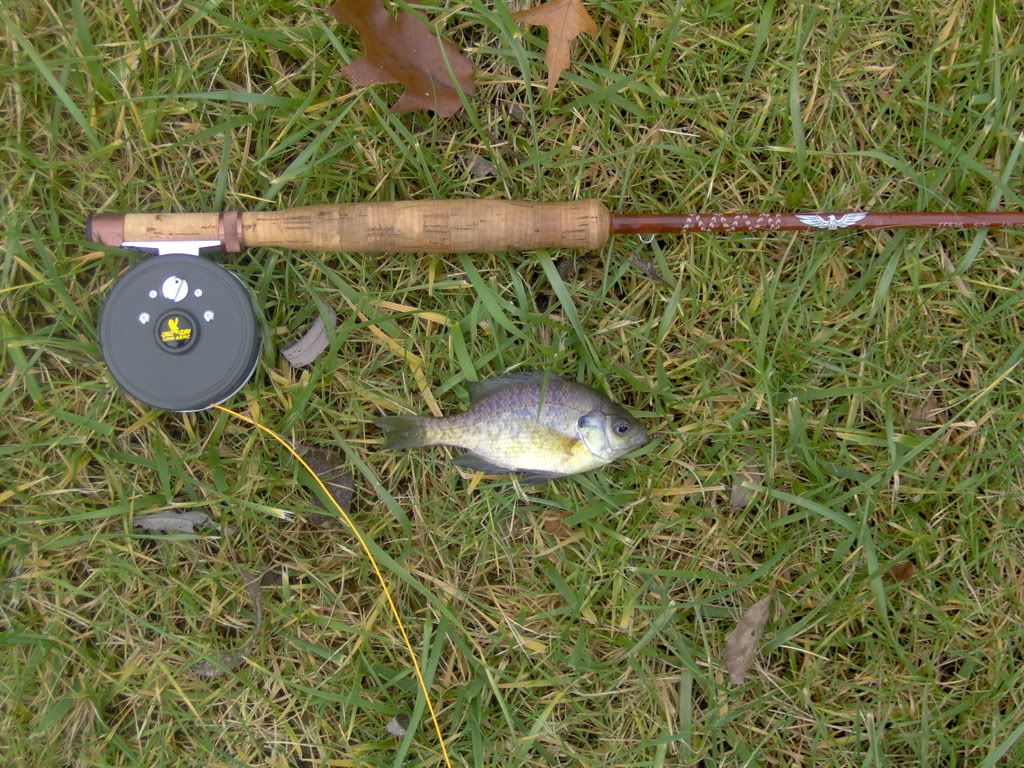
Here's a Green Sunfish
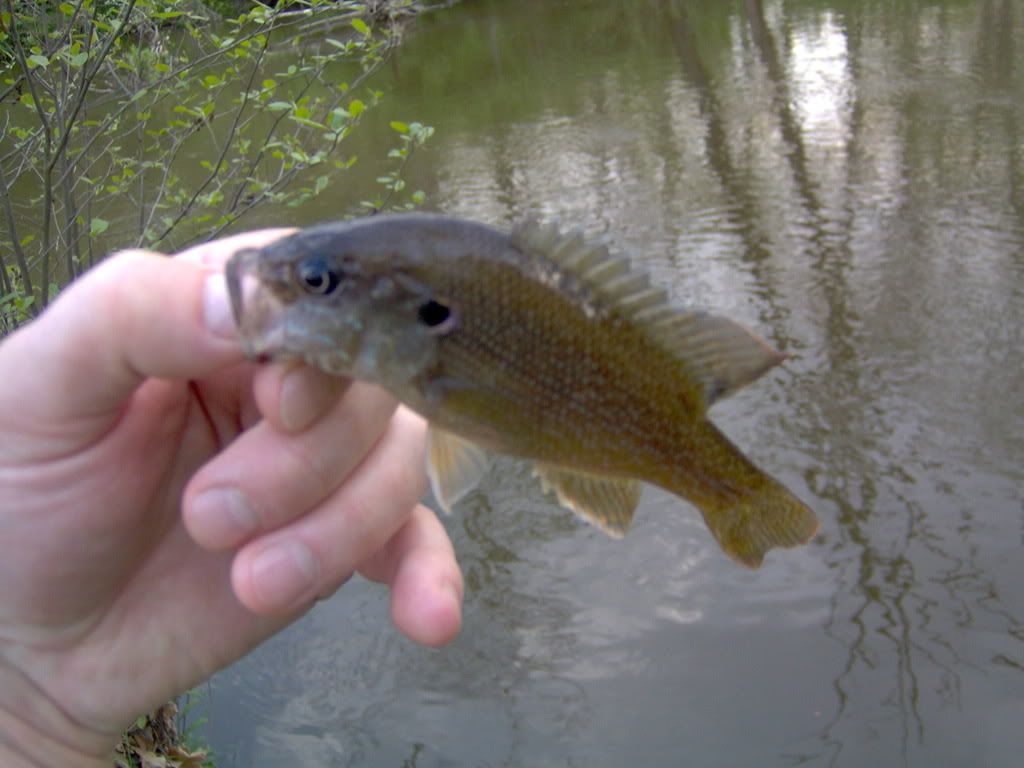
Here's a Pumpkinseed in spawning colors
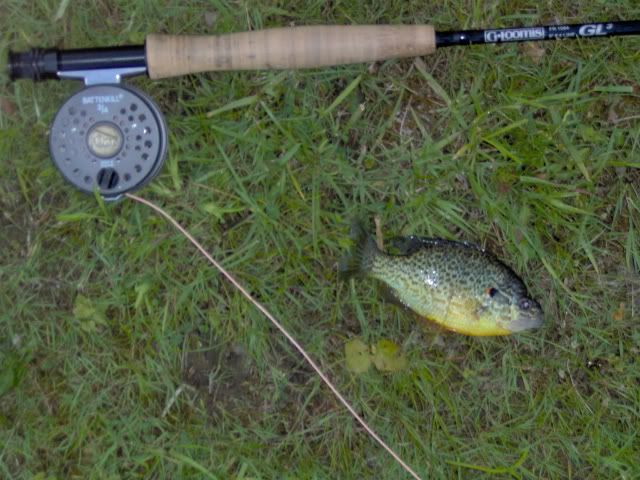
And a pic of the blue fish again for reference
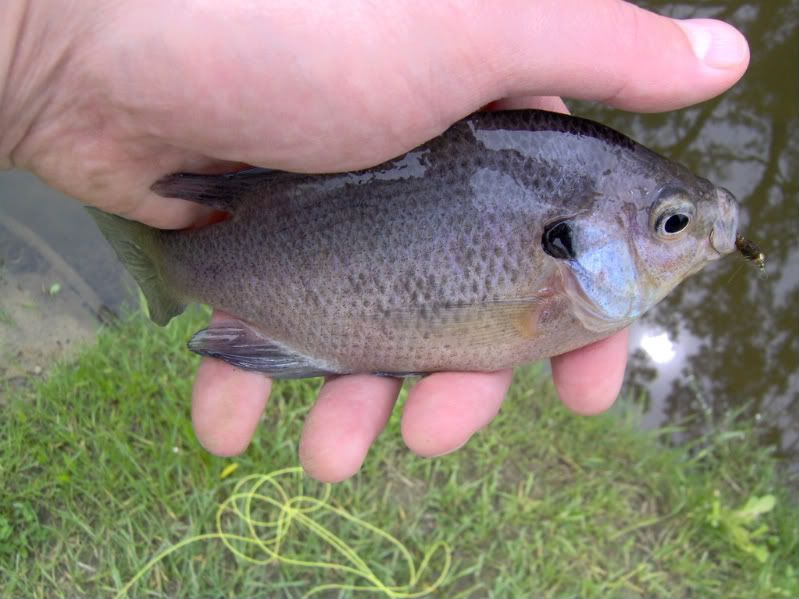
Jeremy
#52
 Guest_centrarchid_*
Guest_centrarchid_*
Posted 20 May 2008 - 01:24 PM
Could you provide more specific collection locality information? It may be interesting enough for someone else to have a look.
#53
 Guest_jkurtz7_*
Guest_jkurtz7_*
Posted 20 May 2008 - 01:30 PM
Jeremy,
Could you provide more specific collection locality information? It may be interesting enough for someone else to have a look.
All these fish came from Deer Creek, about a 100 yard stretch of stream.
#54
 Guest_centrarchid_*
Guest_centrarchid_*
Posted 20 May 2008 - 01:33 PM
All these fish came from Deer Creek, about a 100 yard stretch of stream.
And what county, nearest road / bridge or town? The is likely more than one Deer Creek, possibly in the same county.
#55
 Guest_jkurtz7_*
Guest_jkurtz7_*
Posted 20 May 2008 - 01:36 PM
And what county, nearest road / bridge or town? The is likely more than one Deer Creek, possibly in the same county.
Stark county, there is a road bridge right by my property, it is ST RT 183 that runs over it right here. I live in the village of Limaville, which is near Alliance.
Jeremy
#56
 Guest_centrarchid_*
Guest_centrarchid_*
Posted 20 May 2008 - 01:36 PM
Stark county, there is a road bridge right by my property, it is ST RT 183 that runs over it right here. I live in the village of Limaville, which is near Alliance.
Jeremy
Thanks!
#57
 Guest_butch_*
Guest_butch_*
Posted 20 May 2008 - 01:51 PM
#58
 Guest_centrarchid_*
Guest_centrarchid_*
Posted 20 May 2008 - 03:15 PM
Im sure that they are just normal bluegills. However there are some unique colorations in some populations. There are roan bluegills and hand print ( or was a paint?) bluegills existed.
Hand paint. Has more than coloration setting it apart.
#59
 Guest_itsme_*
Guest_itsme_*
Posted 20 May 2008 - 03:42 PM
#60
 Guest_keepnatives_*
Guest_keepnatives_*
Posted 20 May 2008 - 04:49 PM
This logic doesn't work: no blackspotted sunfish in OH because they are not native. Redears are in OH but not native. So when the first Redears were found the same could have been said at that time. "There are no Redears in Ohio and there never were." That 's where this thread is going the possibility of introduced Blackspotted sunfish in Ohio. But I agree they are likely bluegill though I can see how the idea of blackspotted came up.I'm not sure where this thread is leading anymore. Blackspotted sunnies keep coming up, but the fact of the matter is, is that there are NO blackspotted sunfish in Ohio and there never were. I'm sure Brian will agree, since he lives here too. Lepomis species in Ohio are, Bluegill, Pumkinseed, Orange-spot, Northern Longear, Central Longear, Green sunfish, and Warmouth. There are Redears too, but those are not native to Ohio.
0 user(s) are reading this topic
0 members, 0 guests, 0 anonymous users







